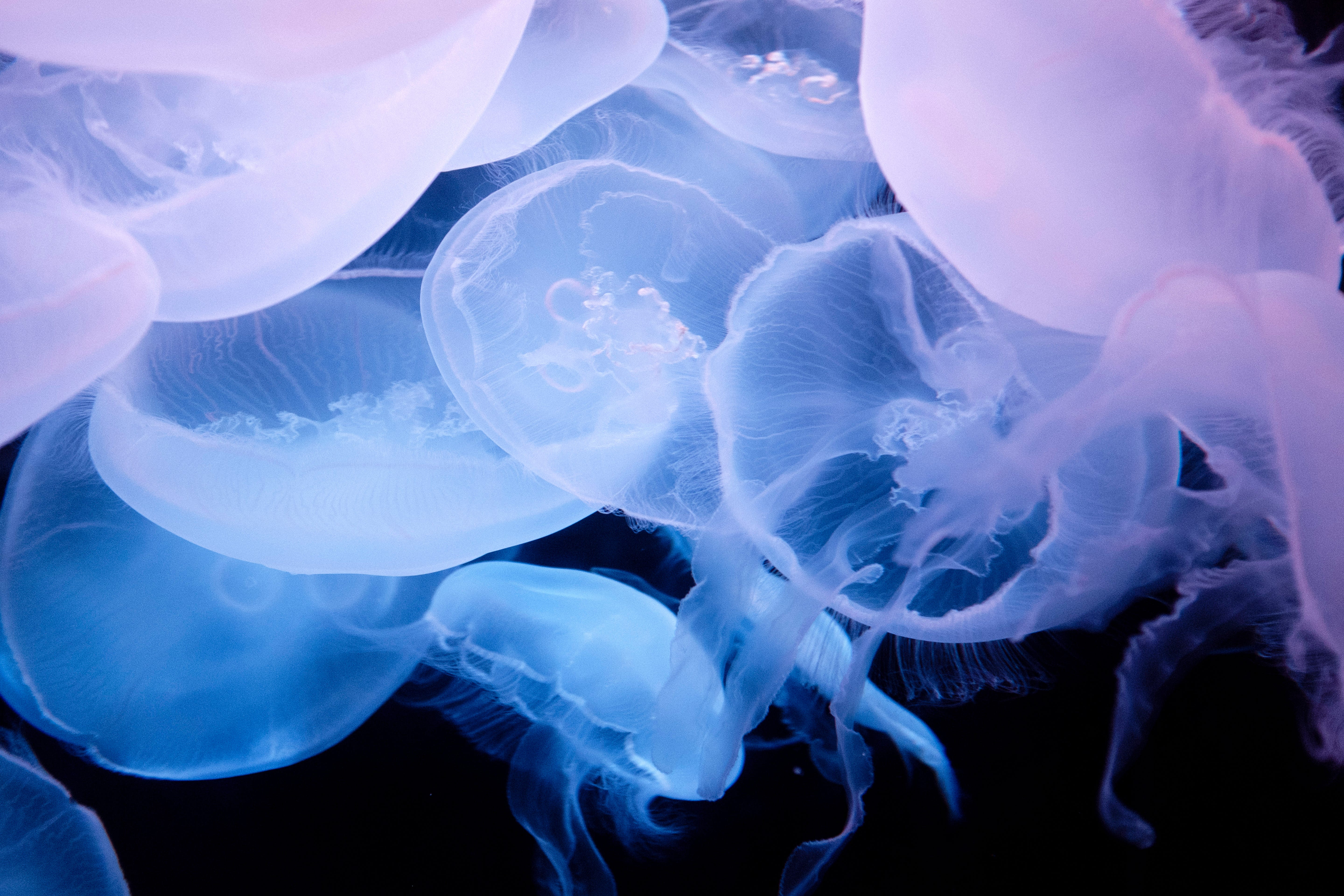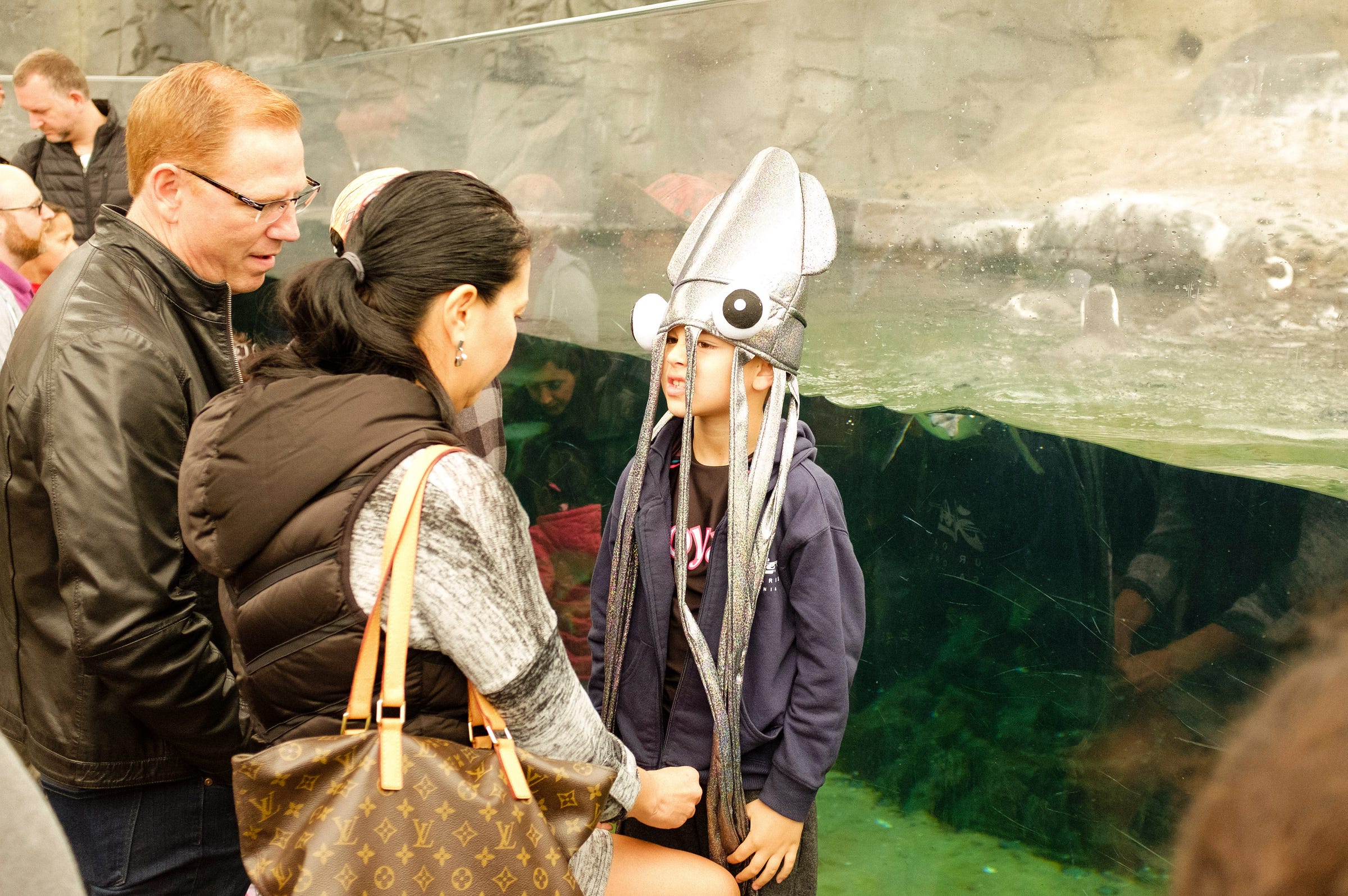(No. 76, an ±06 minute read)

This past weekend I had a visceral and extremely painful experience of unintended consequences. Its origins were in 1989, when a series of intentional scuttlings began in Māmala Bay, the bay that encompasses Waikīkī and stretches from Leahi (Diamond Head) to Kalaeloa (previously Barber’s Point). The first, in 1989, was the Navy yard oiler YO-257, purchased by Atlantic Submarines and sunk as a destination for their tourist-focused submarine outings. The YO-257 sits upright on the bottom in about 100 feet of water functioning as an artificial reef in perpetuity after service in World War II, the Korean War, and Vietnam.
Atlantis Submarines found such success in its YO-257 sub cruises that the company bought another vessel, the FV San Pedro, a Korean vessel, operated in Hawaiian waters until it caught fire in 1975. In 1996 Atlantis bought the ship, berthed since the fire, and sunk it in about 85 feet of water near the YO-257. Atlantis’ sub tours proved so successful that Atlantis subs gained a short-lived competitor marketing its own sub tour (the “Official Submariner of the Yellow Submarine,” whatever that meant), the operators of which soon determined that it, too, needed a wreck.
In 1992 the United States Coast Guard seized the freighter Yun Fong Seong and its cargo of 93 undocumented Chinese migrants. The vessel was sold to the Sea Shepherd Conservation Society in 1993, the group intended to use it to harass drift net setters. This did not come to pass and by 1997 the ship had been left derelict by the Vietnamese fishing concern that purchased the vessel from Sea Shepherd. The Yun Fong Seong had wracked up substantial fines for regularly leaking oil and fouling Honolulu Harbor. It was slated to be sunk by the state, a shabby fate for a notorious ship.
Voyager Submarines Hawaii bought the ship from the state of Hawai‘i for a buck and sunk as much as a quarter million dollars into environmental preparations prior to scuttling the renamed Sea Tiger in 120 feet of water in 1996. This was in response to the site it had been diving since 1994’s condition of “[a] depleted fishery and limited live coral.”1 In 2001 Voyager folded, even being an official submariner could not save it.
The unintended consequences of these three wrecks’ presence very soon made themselves known: increasingly populous monthly box jellyfish spawning migrations into the shallows of Māmala Bay, especially concentrated at “world famous Waikiki Beach.” A tourism horror had come to pass.
Box jellyfish are perhaps the most highly evolved jellyfish in the ocean; they sense light, actively hunt fish and shrimp, and are strong swimmers — able to swim as fast as two miles-per-hour as they travel vertically and horizontally throughout the world’s oceans. But their most salient characteristic, as far as tourist waders, open ocean swimmers, surfers and divers are concerned, is the incredibly powerful neurotoxin the jellyfish kill their prey with. The most deadly jellyfish on the planet is an Australian box jelly, its stings have killed as many as 70 swimmers since the late 1800s.
Fortunately, the box jellyfish found in Hawaiian waters, Alatina alata, known in Waikīkī by westerners since 1877, is not (so far) deadly. Nor was it an organism that was commonly on the radar during my childhood and teen years spanning the 1970s through the mid-1980s. In fact, the increasing mass monthly shoreward breeding migrations coincide with the scuttling of “attraction” vessels off Waikīkī, per a 2022 research paper.2 These vessels provide habitat for A. alata larvae where previously such had been limited. This habitat boon for young jellyfish is in addition to the increasingly depleted numbers of creatures that eat A. alata — turtles and fish — population degradations caused by human impacts.
Today the regular influx of A. alata is well understood; 8–10 days after a full moon the sky is dark enough to trigger their migrations into protected waters to breed. The consequence of this migration is also well understood — “medically significant” encounters with the jellyfish by bathers, surfers, swimmers, and divers. There have been three mass injury events at Waikiki Beach, the first involving more than 800 people in 1997, a second in 2004 had over 300 victims, and a third in 2019 saw over 900 people stung. A friend present at the 2004 event described a “zombie movie” scene with parades of ambulances, overwhelmed life guards, and stung swimmers everywhere, their sting sites swollen, stricken with incredible pain, moaning, vomiting, and perhaps ruing their desire for a Hawaiian vacation.
Twice stung as of Sunday I can vouch for the misery of a box jellyfish sting. Sunday’s incident was nowhere near as bad as my first time being stung. Suffice it to say that at times during the procession of the jelly’s neurotoxins through the system death seems as if it might be a pleasant, agreeable alternative. In my first go-round I suffered nervous system symptoms for three months after being stung, in addition to the second-degree burns the organism’s tentacles inflicted. There won’t be a third.
So, unintended consequences — the installation of sea bottom dive attractions by two private corporations has resulted in impacts to the local Honolulu tourism trade and caused a monthly first responder and emergency medical care burden. (I was told this weekend by lifeguards I spoke to in the throes of it that they had earlier sent a sting victim experiencing anaphylactic shock on an ambulance ride to the emergency room and that such trips happened regularly every month — without mass sting events.) Additionally these sunken tourist attractions have contributed to conditions that prevent local people from accessing the water at Waikīkī for four days every month. I have to wonder if the benefit is worth the cost. No, really I don’t.

We live on an incredibly complex planet and do not understand all of its systems and their workings. We have created for ourselves our own incredibly complex systems in which we live and function on earth, some of which we don’t have a handle on the workings of either. (A.I. leaps readily to mind, let’s run the government on A.I.!) I’ve written here about the precautionary principle and our species’ need to better abide by it. Every action we take ripples forth with consequences, some small others, medium — like bringing people on holiday into contact with a potent neurotoxin and occasionally overwhelming our emergency healthcare systems. Some consequences are unimaginable, like the inadvertent starting of a nuclear war.
The Trump/Musk/Vance administration is learning the complexity of the federal government and that un- or ill-considered actions can have substantial consequences. A workforce of 2.4 million people facing dramatic cuts made by people who ill-understand what the federal workforce even does cannot help but realize unintended consequences and they are cropping up from medical research to wildfire prevention and response, the care and feeding of our nuclear arsenal and materials; the list goes on.3
In this nihilistic attempt to govern by the principals of the so-called Dark Enlightenment (an anti-democratic, anti-egalitarian movement popular in the wealthiest echelons of the tech world that rejects progress towards widespread liberty and enlightenment in favor of techno-authoritarianism, or even monarchy) we are seeing in real time the induced failures of complex systems we have developed to negotiate our complex world. The human input is always fallible, no matter what Karoline Leavitt might say from the podium of the White House press briefing room — witness Monday’s revelation that editor-in-chief of The Atlantic was included in a Signal chat comprised of the highest level Trump cabinet members forming plans to attack Yemen.
Americans are beginning to learn that there is much about the federal government’s work that they depend on, that our systems are incredibly intricate and do not take concerted attack from within well. And that Trump 2.0 may not really be out to “protect American workers” as he promised on Inauguration Day. Sitting here typing this still suffering the pain and swelling of the unintended consequences of our manipulation of the undersea world for corporate tourism profits I can only wonder about the breadth of unintended consequences we will see ahead under an unleashed (and perhaps unhinged) President Trump. It is plain that the intended consequences of his term are already troubling enough — gutting of environmental regulation, the installation of a national culture of fear, the upending of international partnerships that all Americans rely on for economic certainty.
Trump seems to have long wished for his administration to be a consequential presidency, the second time around it may be just that — unintentionally.
•••
Next week I’ll either tackle Elon in his own words or the difficult legal realities facing protestors in these United States. Or, since I’ll be on the road, put up some pictures….
The NIH saw its staff of physicians and nurses tending to critical-care patients in its research hospital cut, leaving scores of extremely ill people potentially without care before panicked work to prevent the cuts, and potentially the deaths of patients, came to pass.




